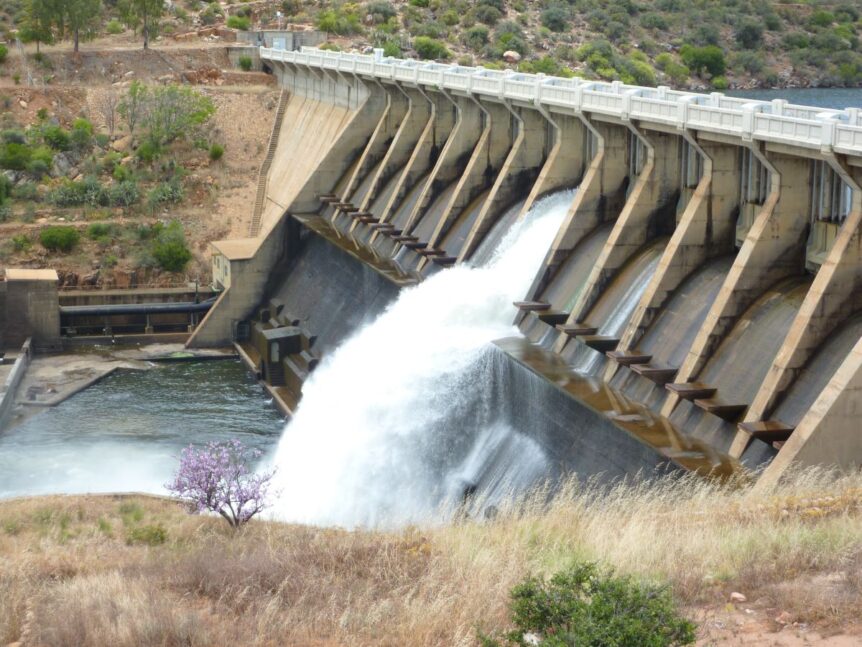A recent disaster in Minnesota has opened the government up to criticism. Here are the details.
A Wake-Up Call

Image Credit: Shutterstock / Salivanchuk Semen
The 114-year-old Rapidan Dam in Minnesota has just had a partial failure, and it’s made communities all over the U.S. worry. This old dam’s near-disaster is a peek into a much bigger issue as more and more of our dams are falling apart – due in no small part to climate change.
By the Numbers
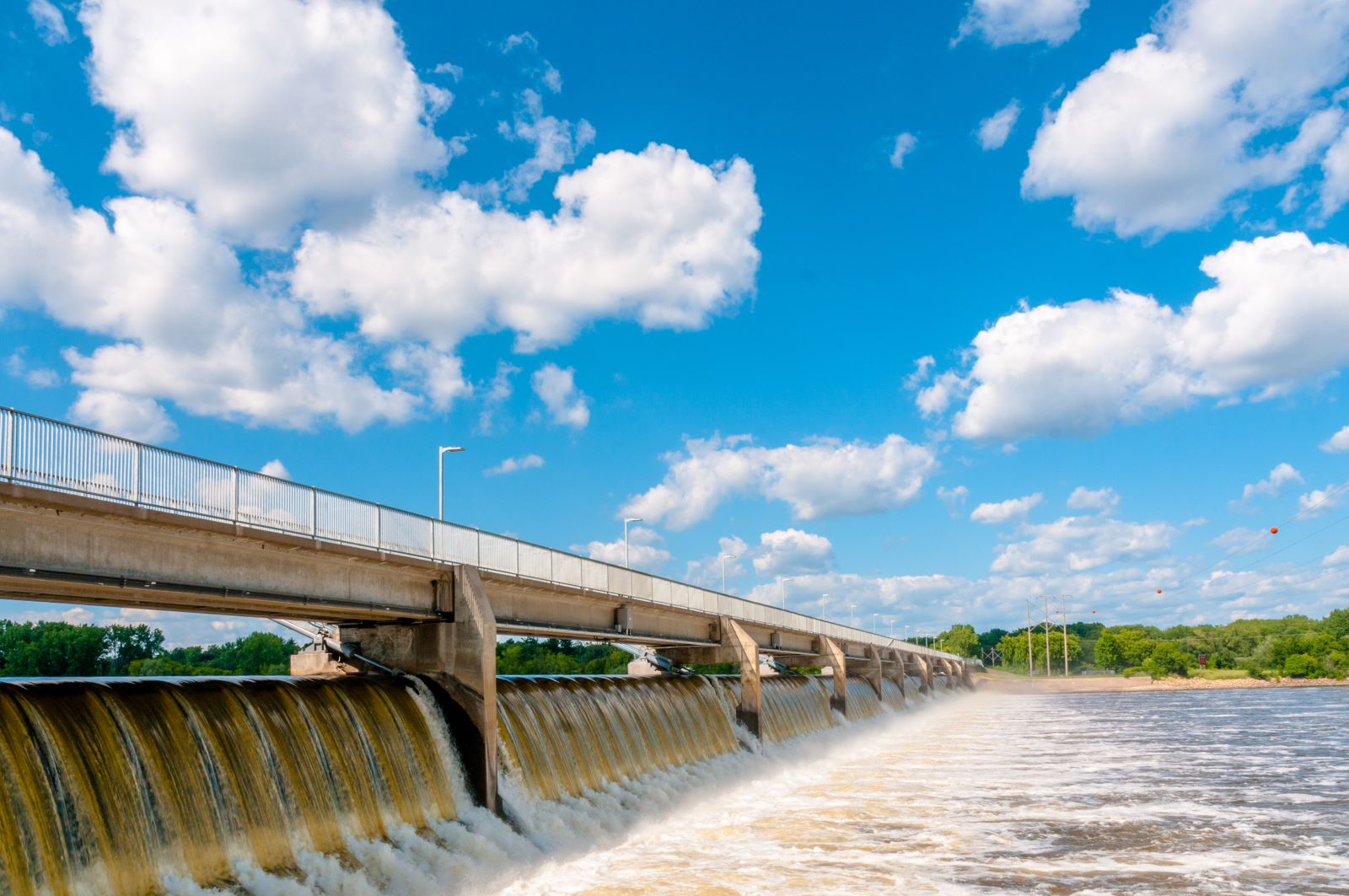
Image Credit: Shutterstock / JB Manning
Let’s talk numbers. Almost 4,100 dams across the country are in just as bad shape – or worse – as the Rapidan Dam, according to an NBC News analysis.
The Nationwide Dam Dilemma
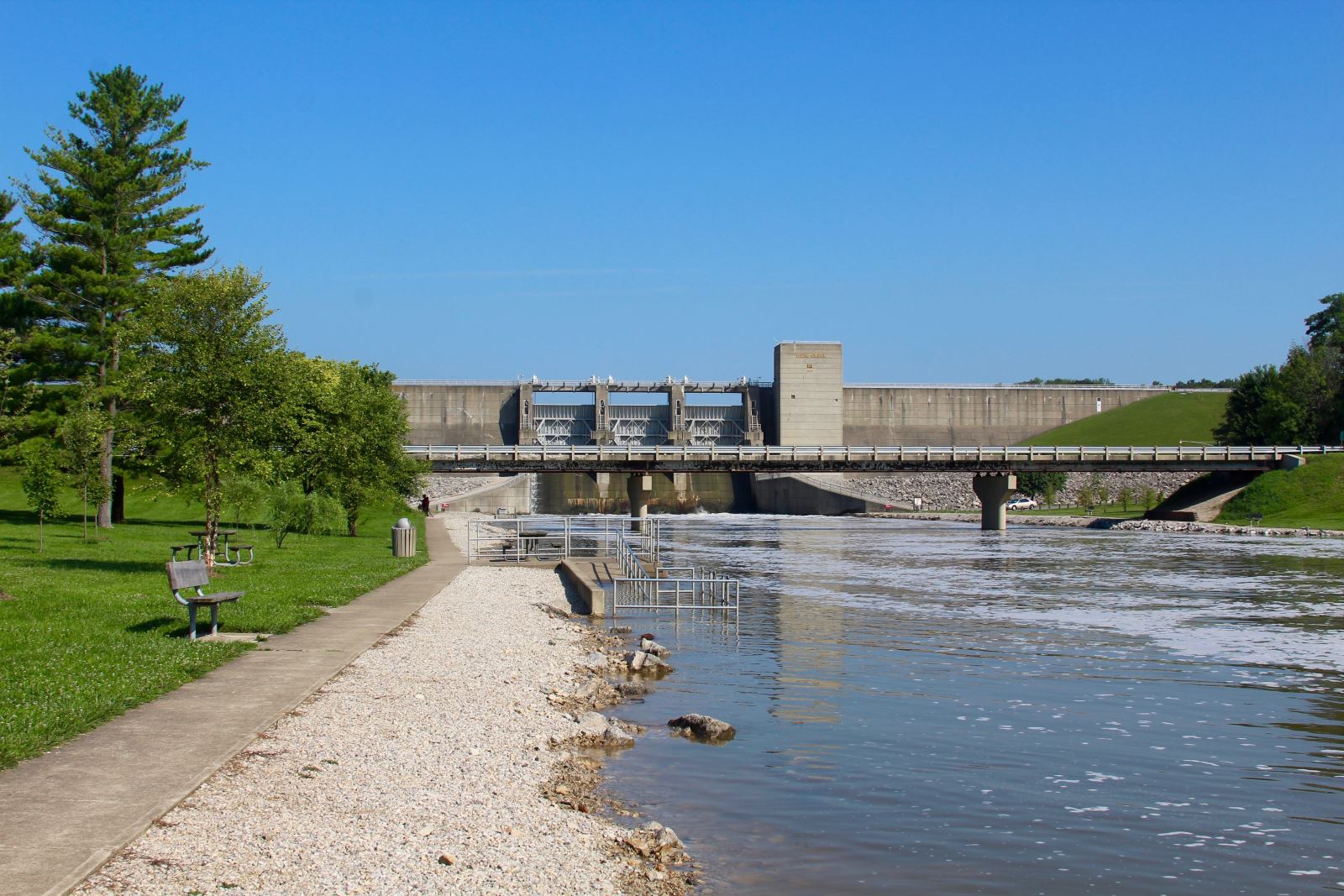
Image Credit: Shutterstock / BullpenAl
NBC found that every state in the U.S. has at least one of these ticking time bombs, but Ohio topped the list with 373 dams.
Aging Infrastructure Meets Climate Change

Image Credit: Shutterstock / Kirk Fisher
The U.S. has over 91,000 dams, and the average dam is 57 years old. Most of these weren’t built to handle today’s extreme weather conditions and are under strain from increasingly severe weather.
The Race to Repair
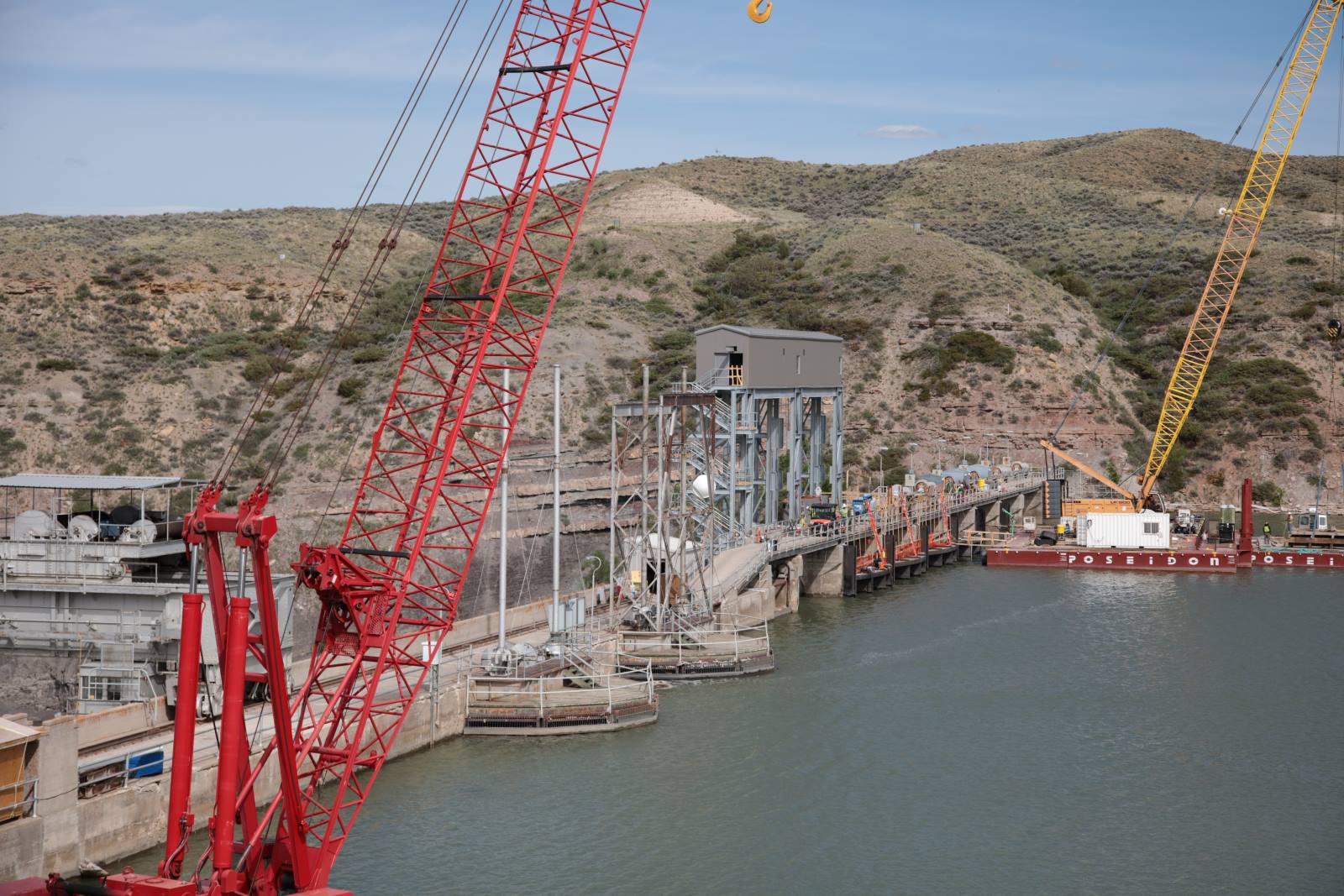
Image Credit: Shutterstock / Adam Reck
Sharon Tapia from the Association of State Dam Safety Officials (ASDSO) explains, “We’re in a situation where we’re seeing more and more dams needing to be rehabilitated or repaired to meet current standards.” Around the U.S., local governments are playing catch-up – and it could soon spell disaster.
The Price Tag of Safety

Image Credit: Shutterstock / Ground Picture
A 2023 ASDSO report says it would take $157.5 billion to fix up all these nonfederal dams to current safety standards. Compare that to the $3 billion set aside in Biden’s 2021 infrastructure bill, and it’s clear the country is falling short.
A Case Study in Vulnerability

Image Credit: Shutterstock / Tsuguliev
But what happened with the Rapidan Dam? It was already in bad shape – a “significant” hazard and in “poor” condition according to Army Corps documents. Then, three days of nonstop rain hit, leading to massive flooding.
When Records Break
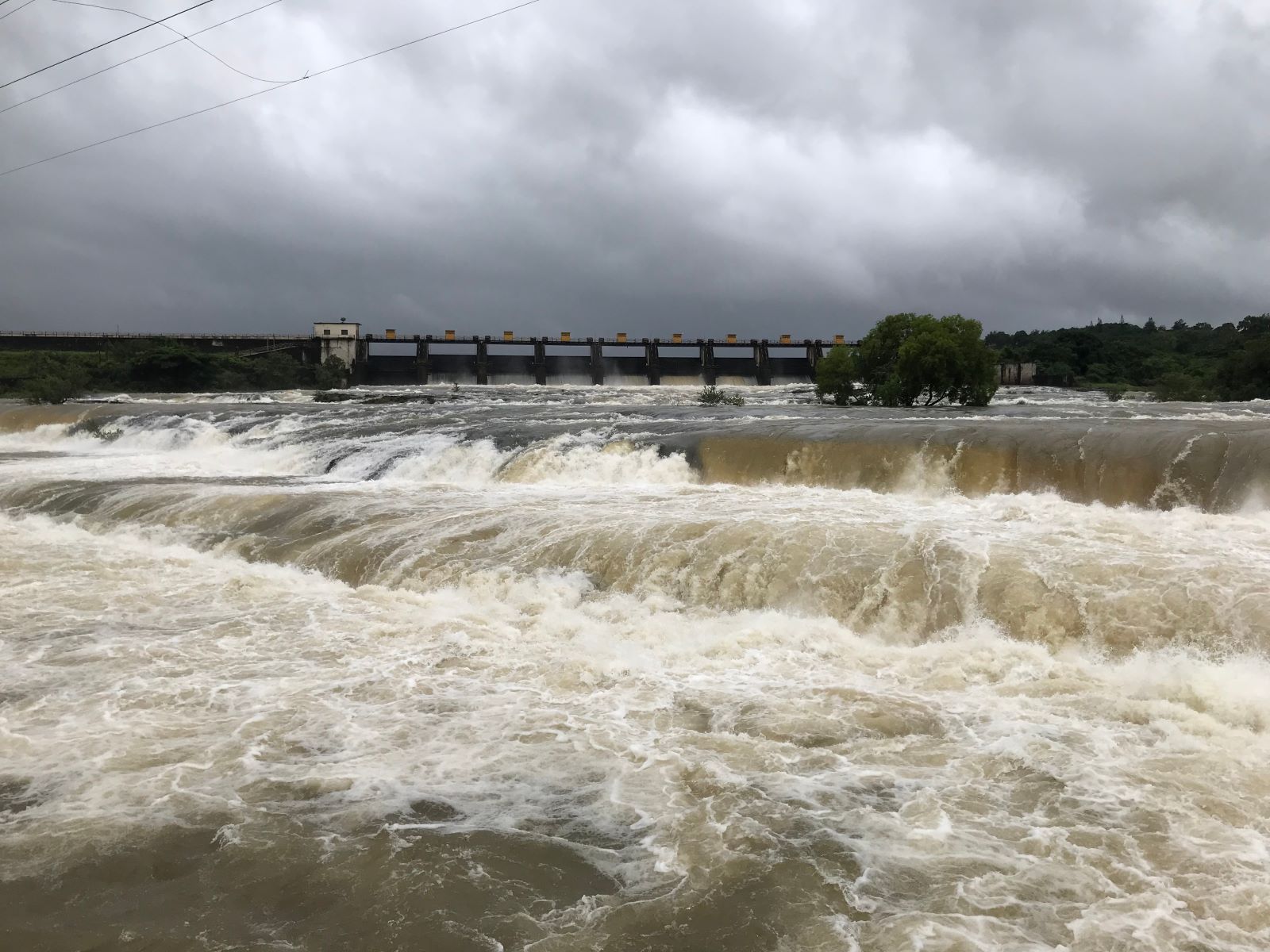
Image Credit: Shutterstock / Swapnil5
The Minnesota River reached its third-highest flood height since records began in 1881, and the dam couldn’t take it. Floodwaters carved away at the bank of the Blue Earth River, ultimately swallowing up a nearby waterside home.
Inspections vs. Reality

Image Credit: Shutterstock / Mark Van Scyoc
Before the breach, the dam was inspected by the Federal Energy Regulatory Commission (FERC) and deemed in “overall satisfactory condition,” despite some severe concrete deterioration and exposed rebar. This discovery has caused many an eyebrow to raise.
Climate Change
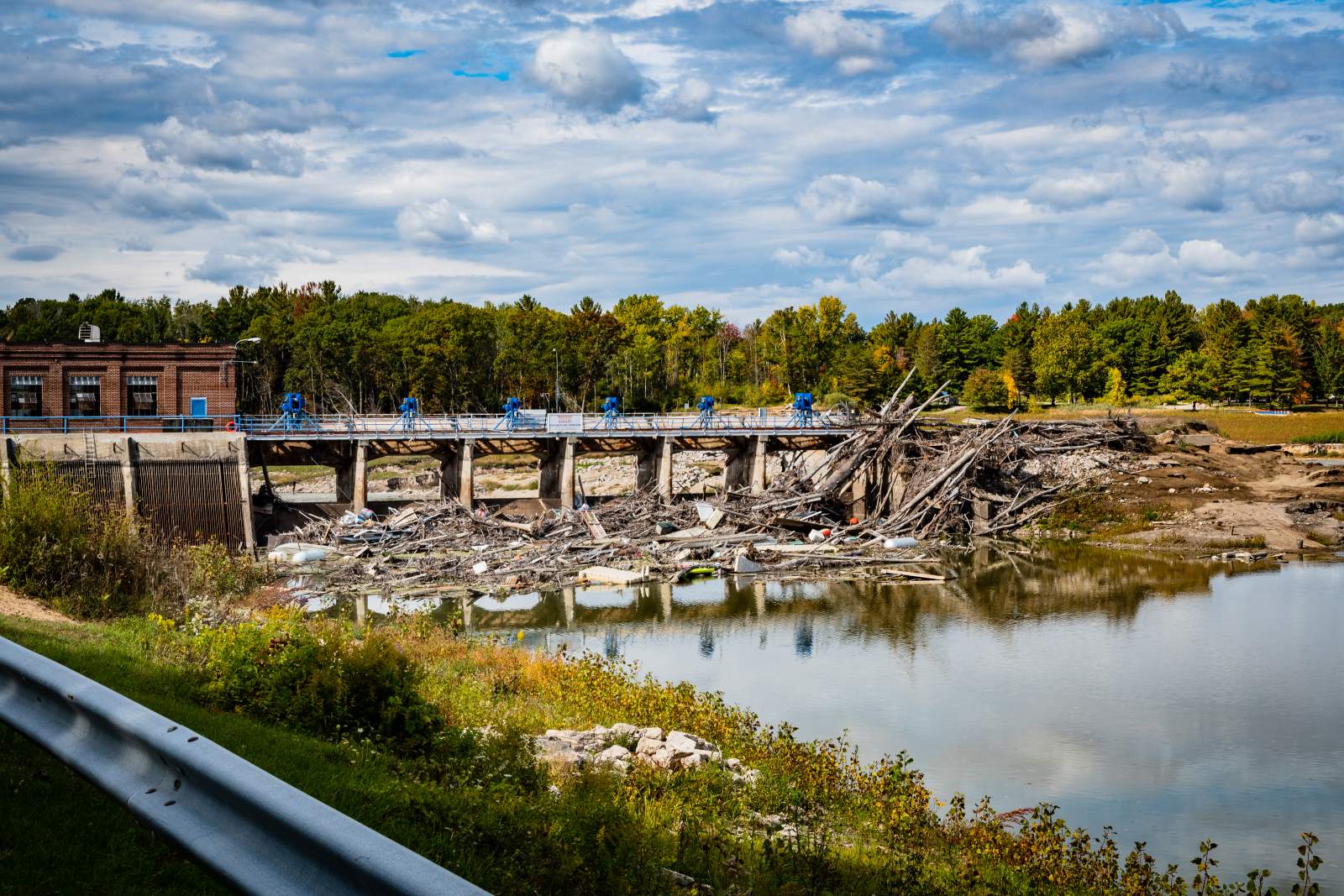
Image Credit: Shutterstock / Bernie Parsons
While it’s too early to link the Rapidan Dam’s partial failure entirely to climate change, experts agree that a warmer atmosphere – which holds more moisture – increases the likelihood of intense rainfall and flooding.
The Elephant in the Room

Image Credit: Shutterstock / BlueSkyImage
These older dams just can’t keep up – they weren’t built for this kind of stress, and it’s beginning to show.
Urbanization Raises the Stakes

Image Credit: Shutterstock / fizkes
These dams are becoming an even bigger risk as housing developments have started appearing in areas that used to be rural, putting even more pressure on these old structures. A dam that once protected farmland is now a safety vest for a whole neighborhood.
A Community in Crisis
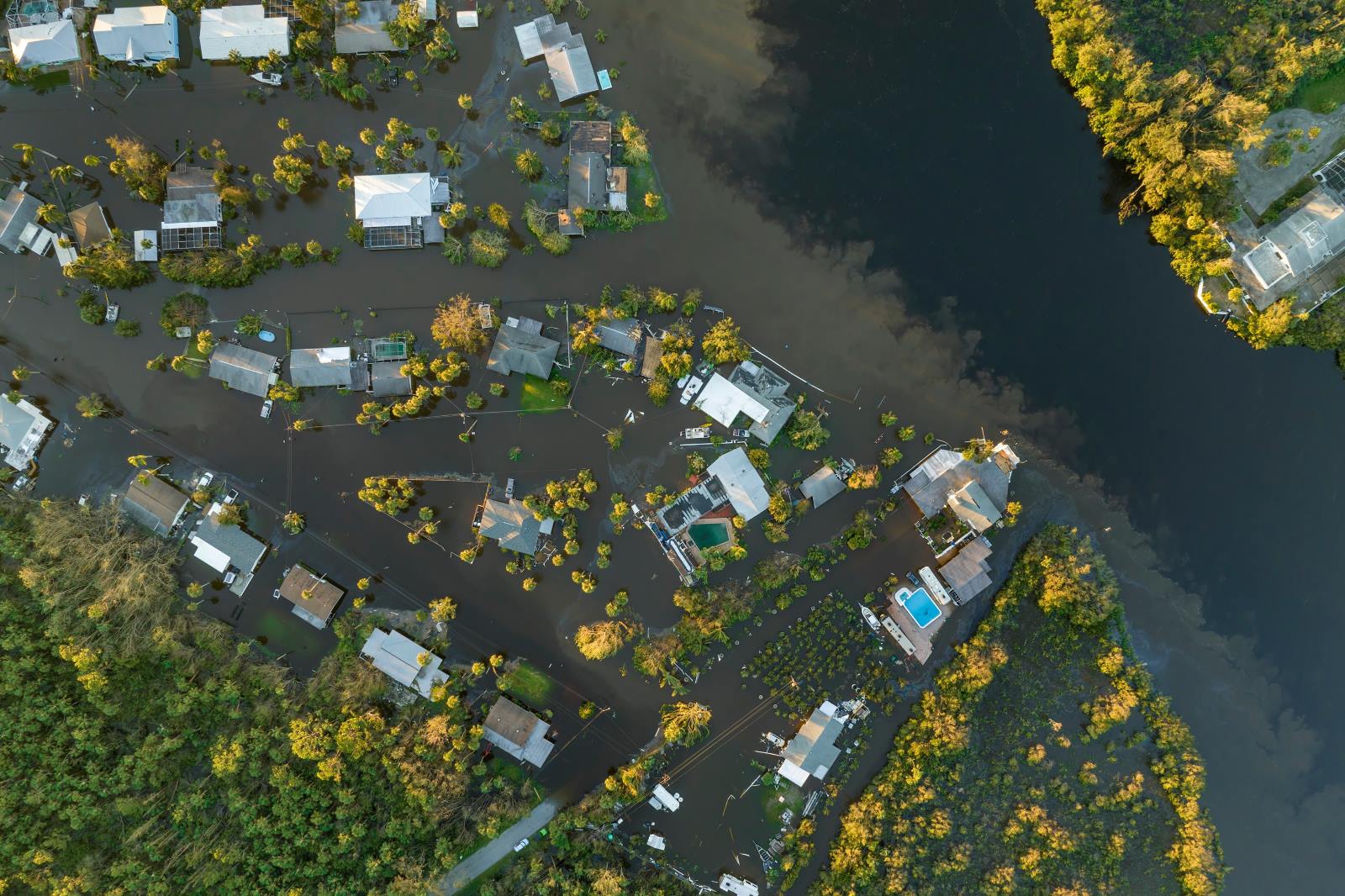
Image Credit: Shutterstock / Bilanol
After the Rapidan Dam failed, Minnesota Governor Tim Walz visited the site and reassured residents about relief efforts. The local community took a hard hit, especially one family who lost their home and their Rapidan Dam Store to the floodwaters.
Governor Walz Speaks Out

Image Credit: Shutterstock / Rebekah Zemansky
“The community feels the loss because this family built something here. Communities are lucky if they have a place like this,” Walz said.
Promises of Recovery

Image Credit: Shutterstock / Rebekah Zemansky
Relief funds are on the way, with 75% covered by federal dollars and the rest by the state. Walz promised, “I think one thing Minnesota should be reassured about … we will rebuild, the cost will be shared by all of us. So, the burden will not fall on these county commissioners.”
The Billion-Dollar Question

Image Credit: Shutterstock / aerogondo2
Local officials have been weighing up their options. Removing the dam would cost over $82 million, while repairs are estimated at $15 million but might only extend the dam’s life by 40 years. It’s a tough decision to weigh up, especially as the money earmarked by the Biden administration doesn’t come close to covering the estimated costs.
Proactive Measures

Image Credit: Shutterstock / AnnaStills
Experts are urging lawmakers to be proactive about what could potentially be a mass disaster. They’re pushing for a full assessment of all dams in the country in order to find out which ones need rehabilitation or upgrades. They want to address issues before they occur rather than reacting to problems after they’ve caused widespread damage.
Financial Hurdles

Image Credit: Shutterstock / L.O.N Dslr Camera
The tricky part? It costs a ton of cash to fix dams – and that money doesn’t grow on trees. Plus, getting all the paperwork and permits sorted out can drag on forever.
Will This Be the Tipping Point?

Image Credit: Shutterstock / imtmphoto
Whether this latest dam failure will force the government’s hand is open to debate, but if Biden chooses to ignore the issue, there could be major consequences.
Oil Dumping Scandal Rocks Ships Heading to New Orleans

Image Credit: Shutterstock / Aerial-motion
Two shipping companies have been fined after knowingly hiding a large oil spill in the Atlantic Ocean. Oil Dumping Scandal Rocks Ships Heading to New Orleans
20 Eye-Opening Realities Facing Retiring Baby Boomers

Image Credit: Shutterstock / Jack Frog
As Baby Boomers approach retirement, the promise of leisure and security often seems unattainable. This generation faces unique challenges that could redefine retirement. Here’s a stark look at the realities shaping their outlook. 20 Eye-Opening Realities Facing Retiring Baby Boomers
Retail Apocalypse: Massive Closures Sweep Across U.S. Brands

Image Credit: Shutterstock / Tada Images
Stores across the U.S. are closing at unprecedented levels, according to new research from advisory firm Coresight Research. Read on for more information about the impact this could have on you and your communities. Retail Apocalypse: Massive Closures Sweep Across U.S. Brands
The post Is Your Dam Safe? Report Uncovers Thousands of Ticking Time Bombs first appeared on EcoHugo.
Featured Image Credit: Shutterstock /Evgeny Atamanenko.
The content of this article is for informational purposes only and does not constitute or replace professional financial advice.
For transparency, this content was partly developed with AI assistance and carefully curated by an experienced editor to be informative and ensure accuracy.

